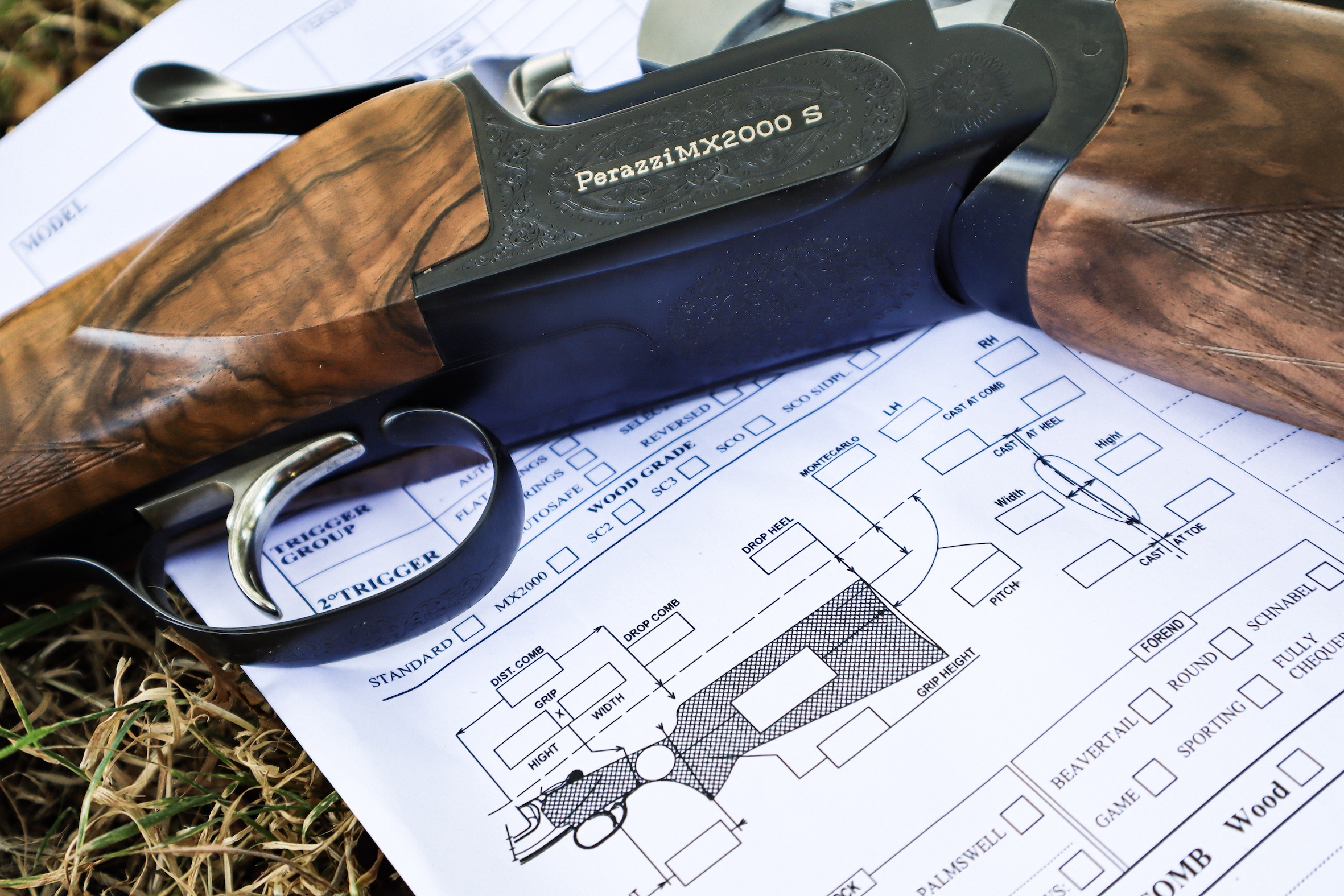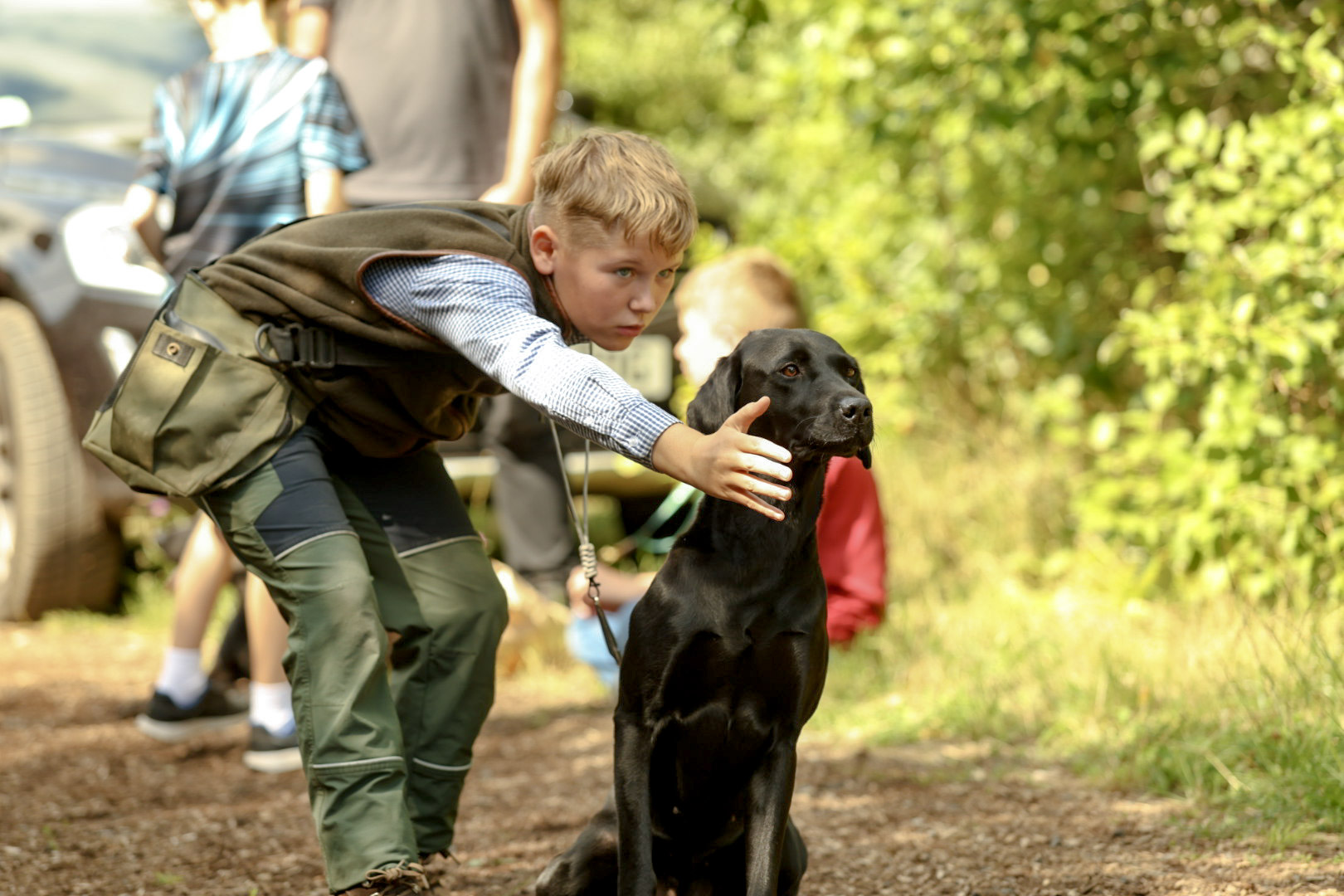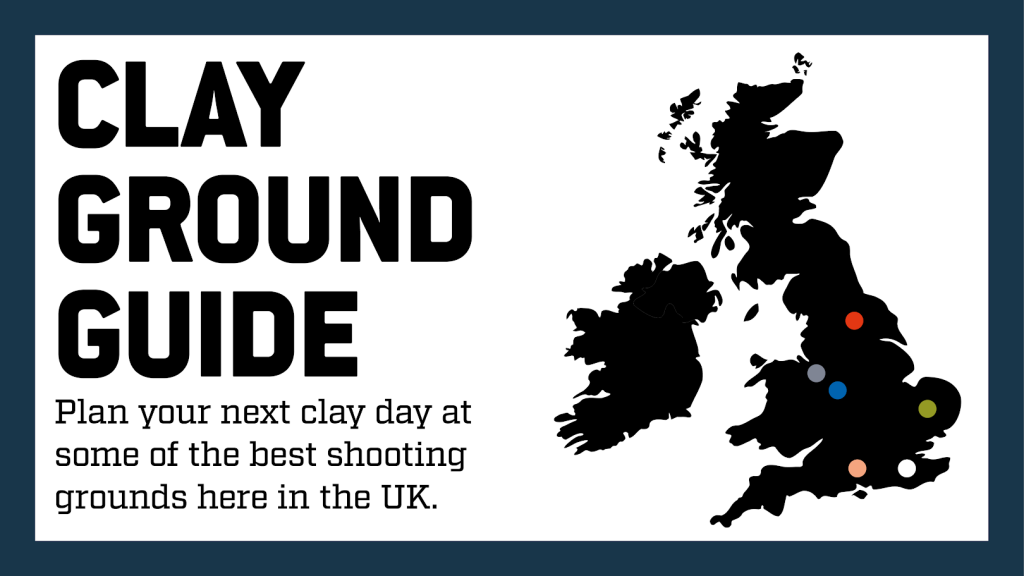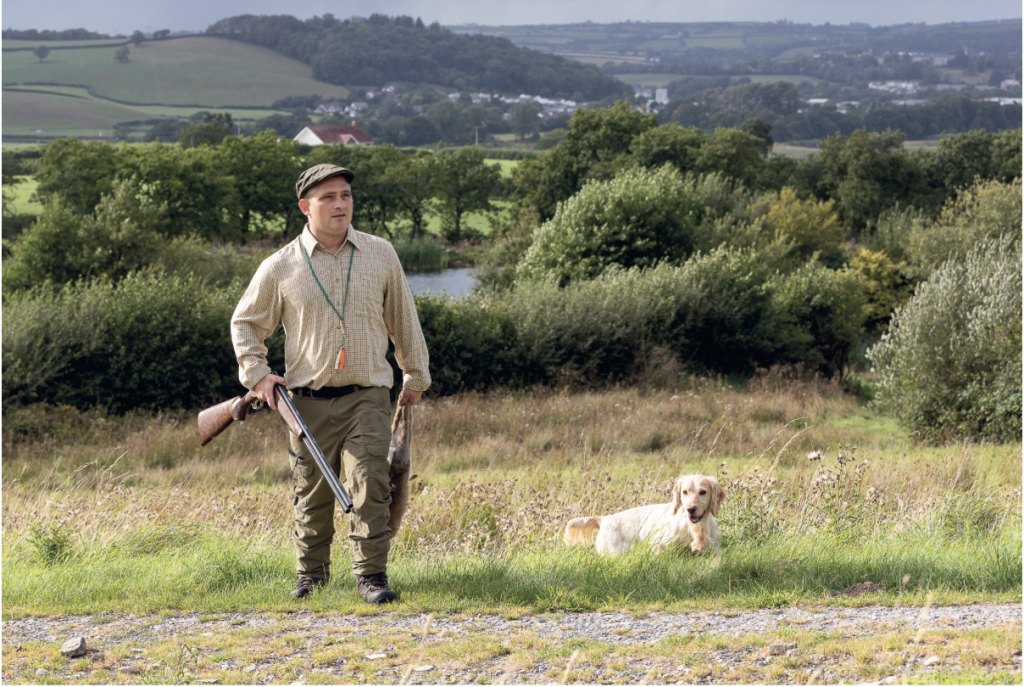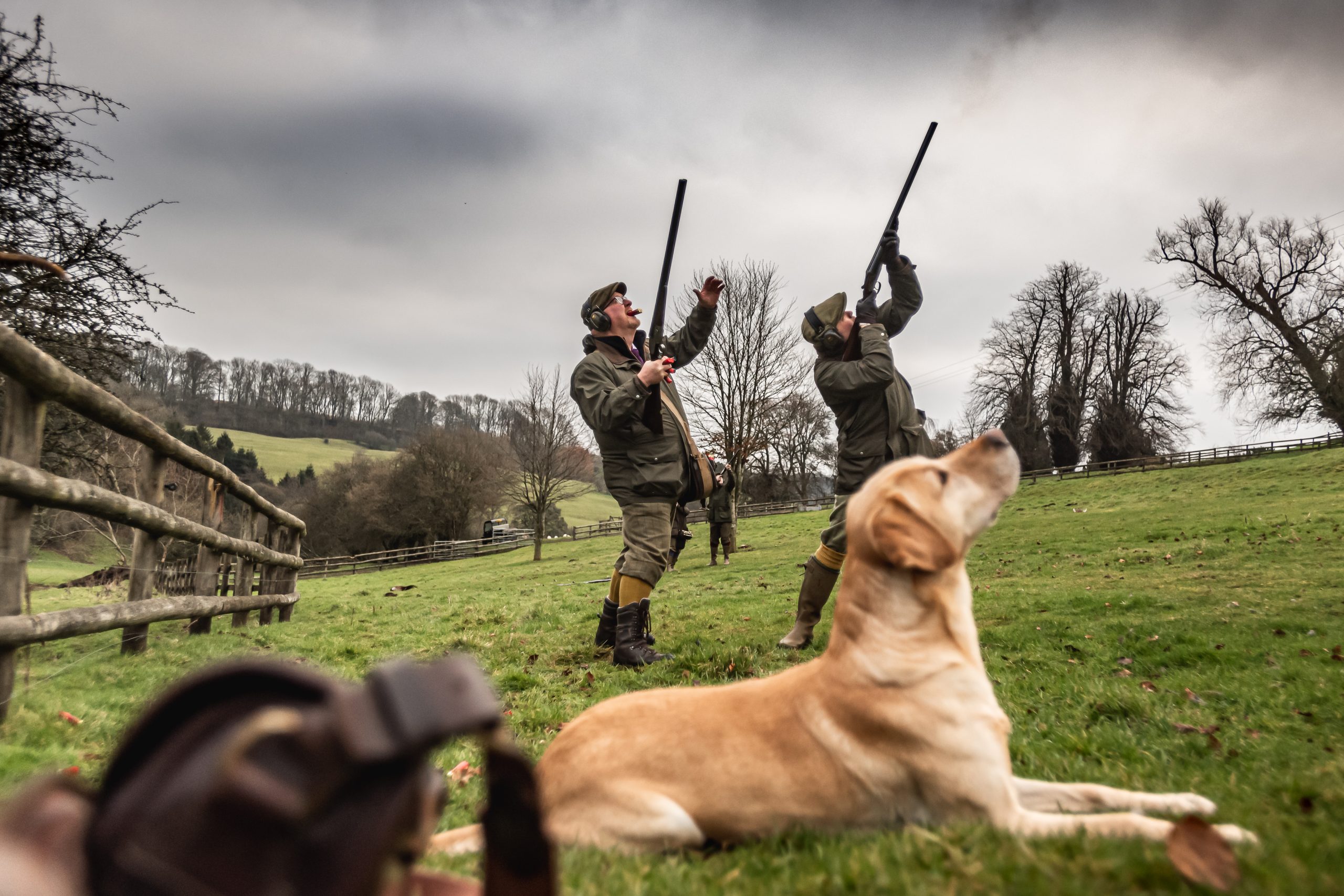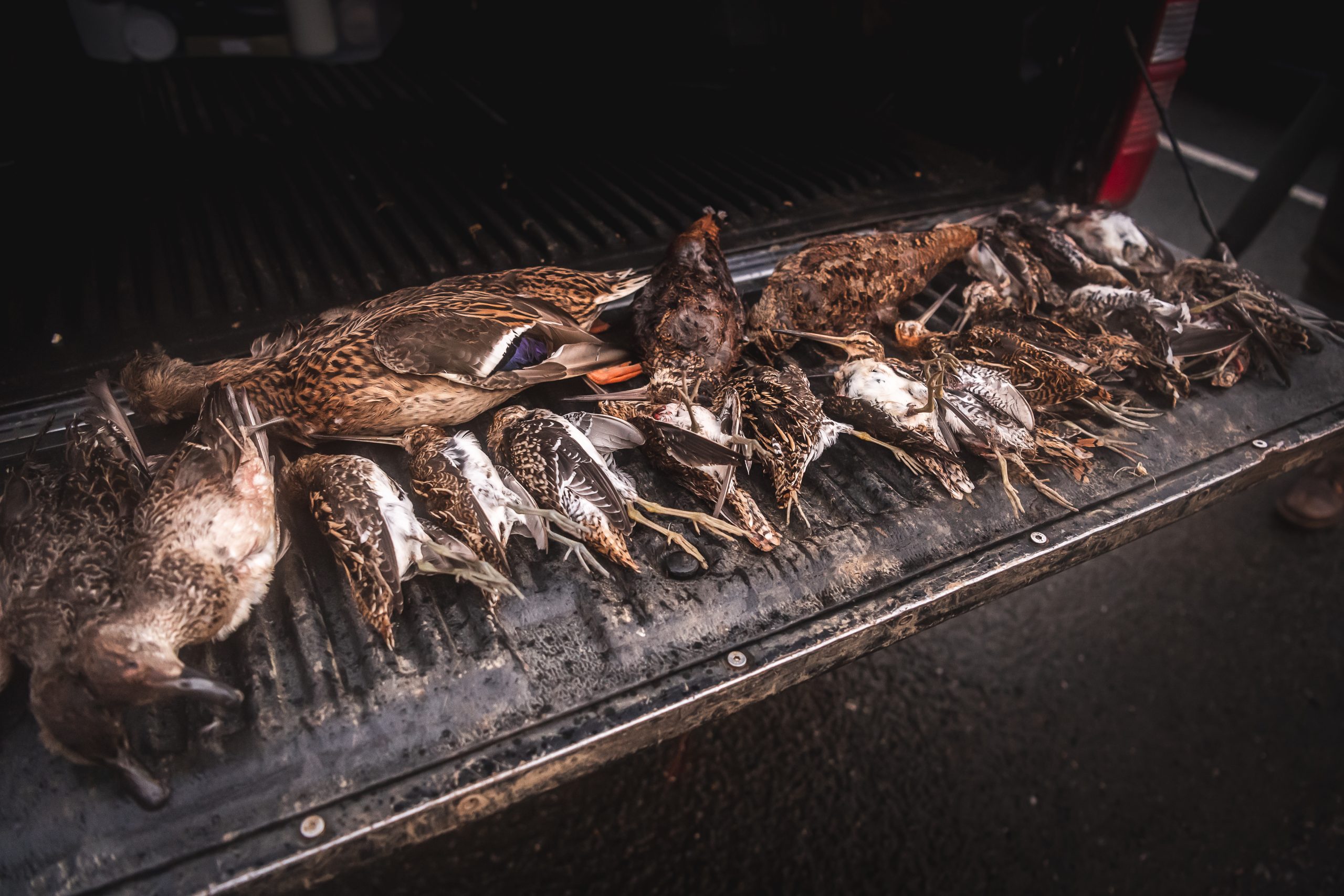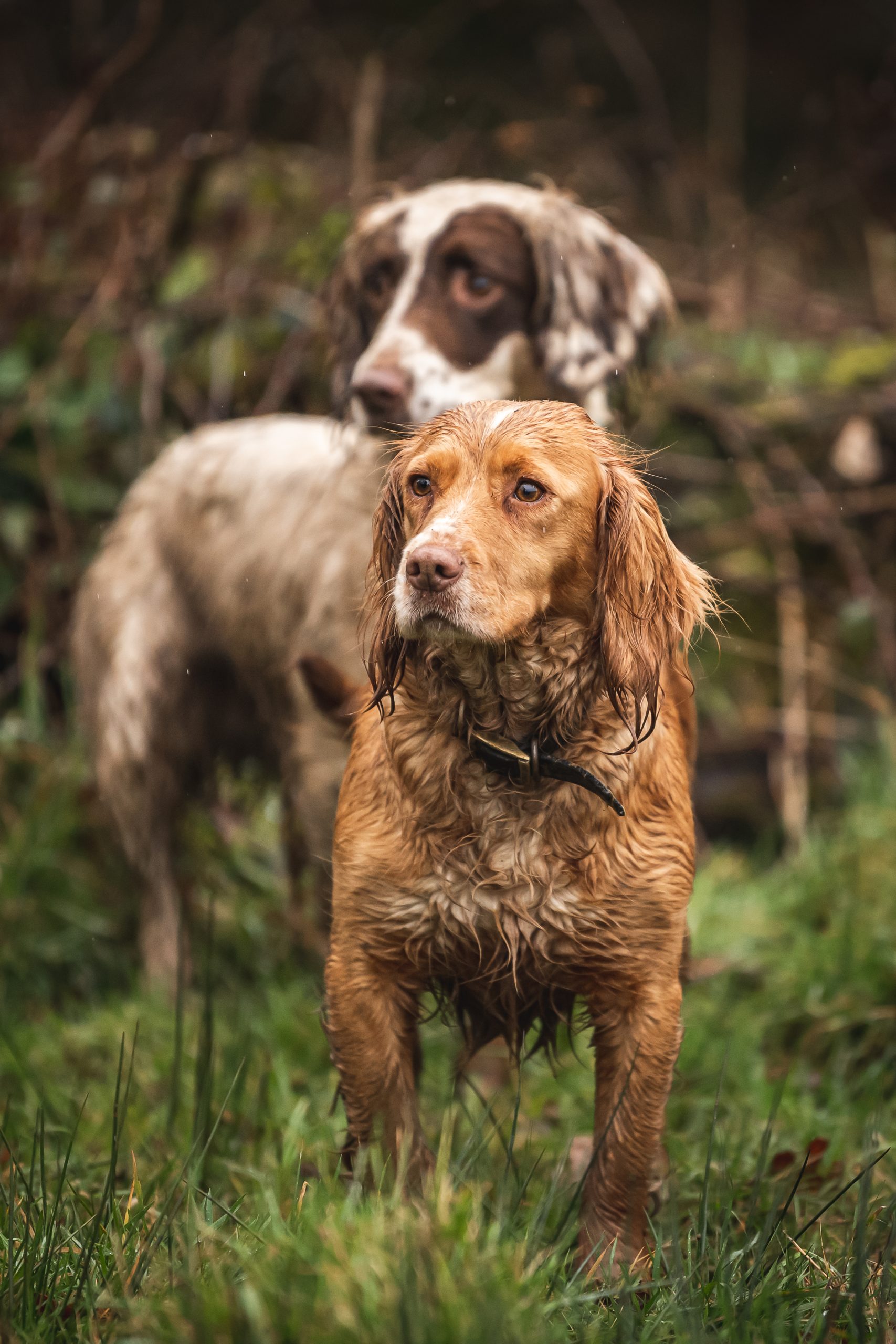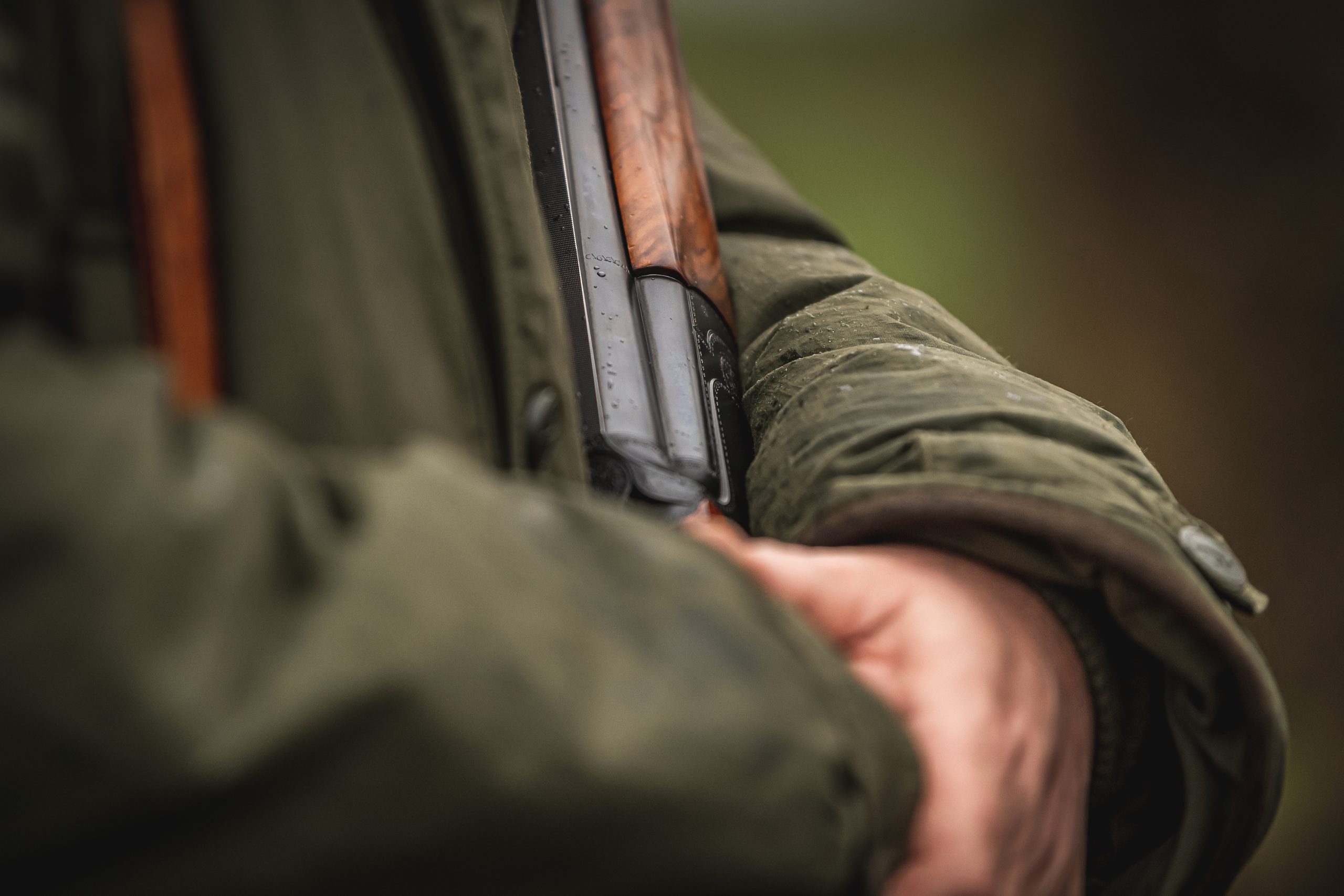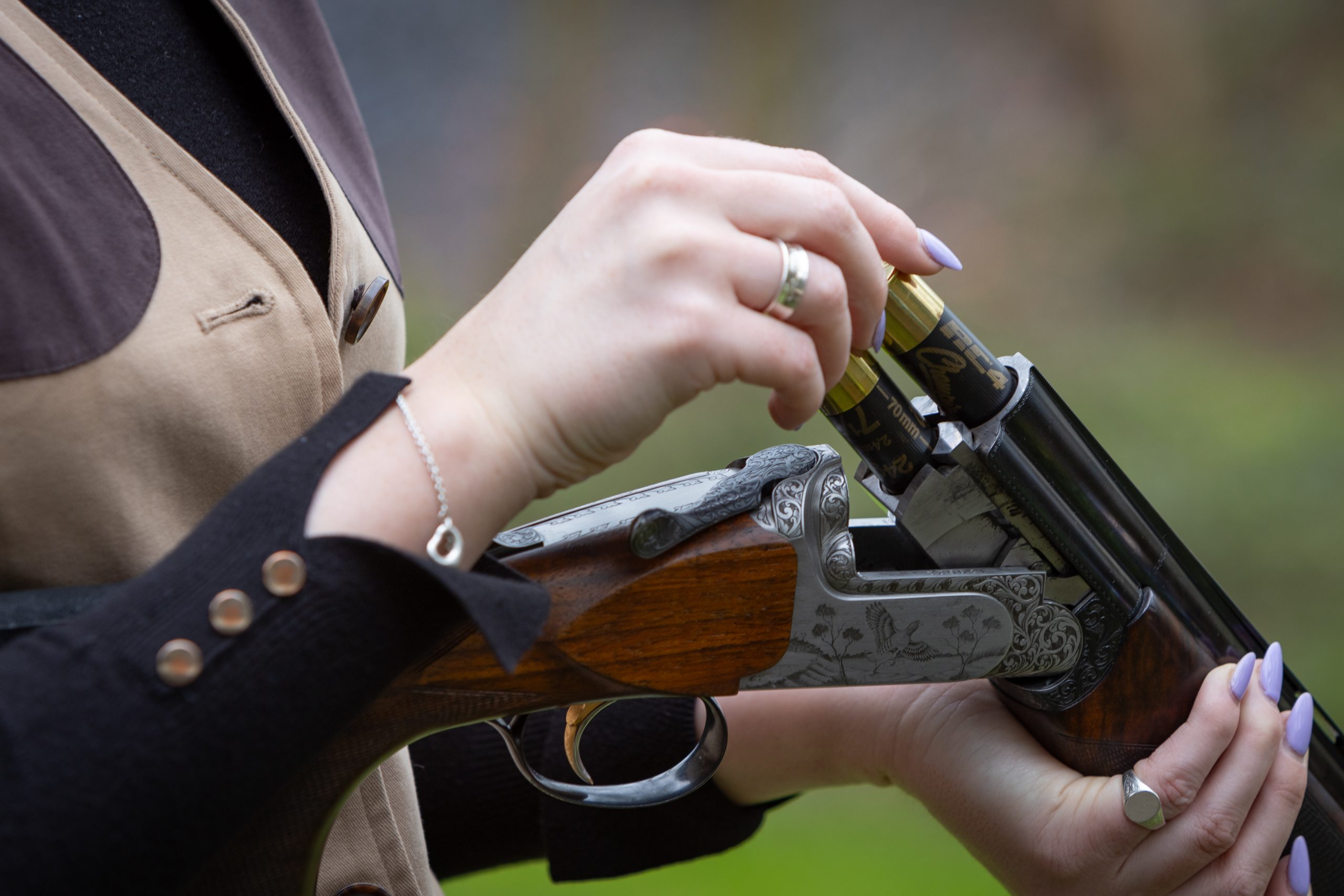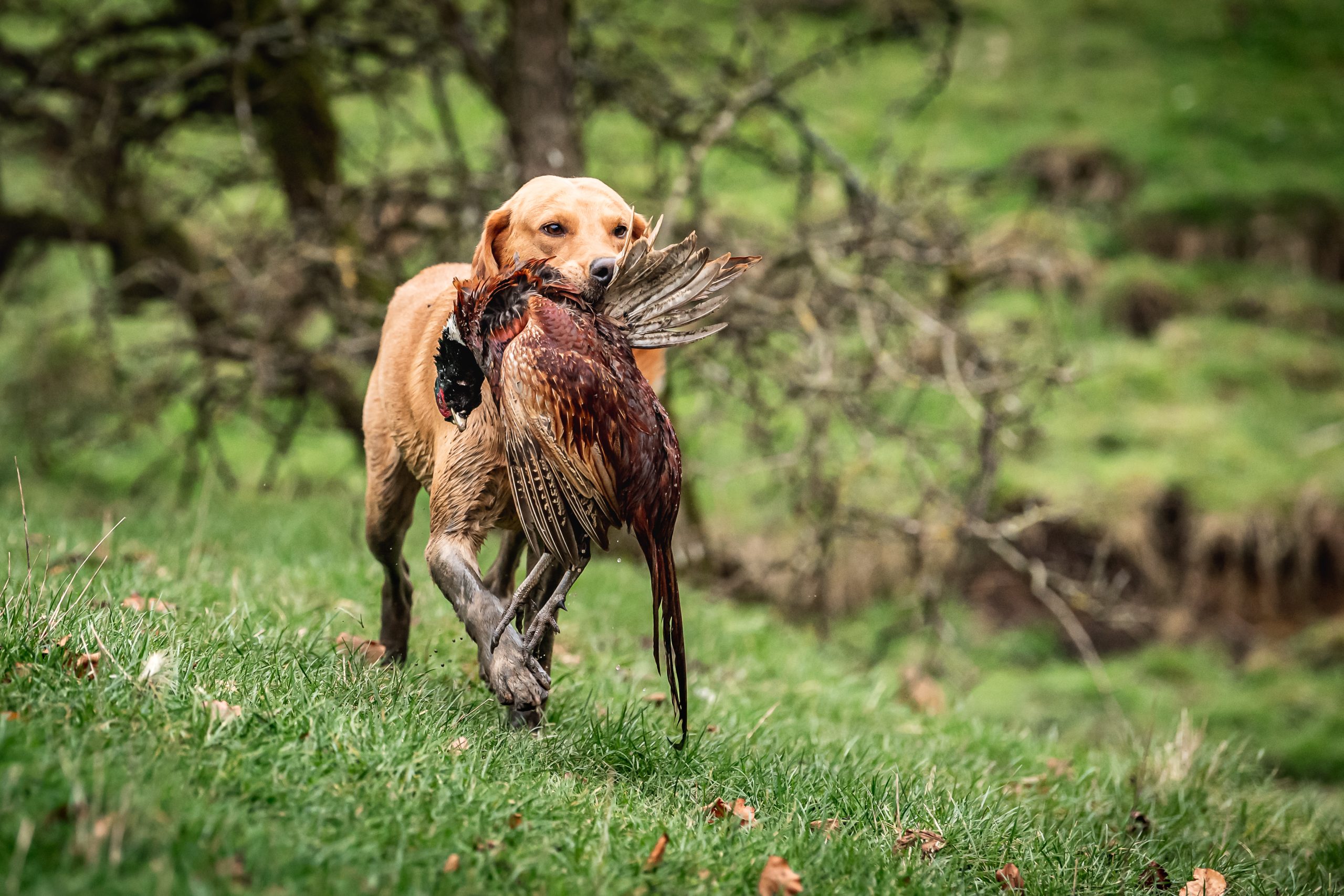Shooting
The sound of silence
Making noise when out in the field can spook your quarry – but don’t forget that you can use it to your advantage, too. James shows you how
After movement and scent, the next thing most likely to spook your quarry is sound. We’ve all seen the effect when you fire a gun – the loud bang sends everything nearby scurrying for cover – but often it’s the quieter sounds that give us away. It can be a nightmare stalking through woodland on a dry autumn morning on a carpet of crunchy leaves and nut husks.
As with the other senses, it’s much more than just worrying about alarming the quarry, though. Sound is something we need to be aware of, tune in to and learn how to use to our advantage. It can be our friend as well as our enemy. The call of a blackbird can alert you to the approach of a fox, for instance, and we deliberately make sound to call in predators, ducks, geese and deer.
Most people’s lives are so disconnected from nature that they have lost the ability to really hear what’s going on around them. Take them to a quiet spot and ask, “What can you hear?” and they will tell you, “Nothing, it’s so peaceful.” A hunter, on the other hand, will identify the sound of distant traffic like waves washing on a shore, the rustle of leaves in the breeze, blue tits calling as they search for insects in the treetops, the scritch of a squirrel’s claws on bark, shrews squabbling in the hedge, the clap of a pigeon’s wings… Peaceful? It’s mayhem out there!
Waiting in a high seat or stalking through a wood, it’s worth taking a few moments to tune in to all these natural sounds. Close your eyes if it helps. With practice you will quickly tune in to the pattern of sounds that characterise a new area – the sound of the wood or field going about its everyday business. When that pattern changes, there will be a reason. Perhaps a sparrowhawk has flown over and the birds in the treetops have fallen silent. Or maybe you have been clumsy and the wildlife around you has frozen, listening and watching to see if you’re a threat.
We may not have the ears of a bat or a fox, but sound can help us build up a detailed picture of what’s going on around us. That’s the main reason I like to wear ‘silent’ clothing when I’m out. It’s not so much to avoid the rustle alarming the quarry but more because I want to be able to hear clearly without the rustling masking other sounds. For the same reason I prefer a hat rather than a hood, and I won’t cover my ears until they’re so cold they’re almost dropping off.
In fact, it’s impossible to move without making any sound. Just try raising one arm now and you’ll hear your clothing rustle, I guarantee it. Some clothes are much better than others. Fleece is generally quite quiet and tweed isn’t bad, although linings and waterproof layers can add rustle. Worst of all are the hard nylon materials that scratch noisily against undergrowth and when they rub together – particularly under your arms and between your legs as you walk.
Our quarry’s hearing is generally much better than ours so we have to be especially careful not to make any unnecessary noise. The erect ears of a deer, rabbit or fox help to focus sound into the ear canal where it can be detected. I once visited an exhibition at the Natural History Museum where one of the displays was a large metal dish shaped like a fox’s ear. You put your head against it so your ear was at the epicentre and it was amazing how much more clearly you could hear tiny sounds a good way off.
These animals’ ears swivel, too, so they can detect where a sound is coming from and home in to pick it up even more clearly. Watch a fox hunting for voles in grass and you’ll see how its ears focus on the sound – it will locate its prey so accurately that it can pounce on something it hasn’t seen. Remember that next time you’re trying to call in a fox and are tempted to crank up the volume so it can hear you better.
This is all very well, but what you really want me to tell you is how to stalk silently so you can creep up on your quarry without alarming it. Well, the simple answer is: slow down. Slower movements mean less noise, and you’ll have more time to think about where you’re putting your feet and how to avoid branches springing back noisily as you pass.
Often the biggest problem is stuff crunching and snapping under your feet as you shift your weight. I find thin, lightweight shoes are better than boots for this type of stalking, and I’m prepared to put up with soggy socks if it’s going to put more game in the bag. With a thin, flexible sole you can feel what’s under your foot before you commit all your weight to it. Put your heel or the side of your foot down first and then roll your weight gradually onto the whole foot, keeping ready to back off if you feel the resistance of a twig that might snap.
The other top tip that I find invaluable is to silence your kit before you set out. Electrical insulating tape is a great help in taping down rattly sling swivels, zip pullers and the like. Loose change, keys and airgun pellets can all make a noise when you least need it, so try to clear your pockets of anything that isn’t essential.
One final tip: a cough or sneeze will give you away, but sometimes you just can’t help it. If you feel one coming on, reach around behind your neck and press your mouth into the crook of your elbow. The material pressed tightly against your face will stifle the noise, so you might just get away with it.
TOP TIPS – SOUNDS:
– Sound is your friend as well as your enemy. Tune in to the natural sounds around you.
– Wear clothing that doesn’t rustle. Try before you buy!
– Walk quietly, stopping often to look and listen.
– Thin-soled shoes allow you to feel for twigs under your feet.
– You can’t move quietly if you go too fast – slow down!
– Tape up any noisy zippers, sling swivels etc on your stalking kit.
– Check your pockets for loose change, keys etc.
– Practise coughing into the crook of your elbow so you can stifle the sound.
– If you’re hunting with a companion, agree hand signals beforehand to avoid the need to talk.
– Some people are rubbish at whispering. The key is to use the front of your mouth and not your throat. Practise by doing a ‘stage whisper’ and then reducing the volume.
Good luck!
Related articles
Shooting
Clay ground Guide
Plan your next clay day at some of the best shooting grounds here in the UK.
By Time Well Spent
Rough shooting
Walked-up rabbits
Nick Ridley enjoys a therapeutic couple of hours rabbit shooting in Wales and is reminded of the importance of fieldcraft
By Time Well Spent
Manage Consent
To provide the best experiences, we use technologies like cookies to store and/or access device information. Consenting to these technologies will allow us to process data such as browsing behavior or unique IDs on this site. Not consenting or withdrawing consent, may adversely affect certain features and functions.
Functional Always active
The technical storage or access is strictly necessary for the legitimate purpose of enabling the use of a specific service explicitly requested by the subscriber or user, or for the sole purpose of carrying out the transmission of a communication over an electronic communications network.
Preferences
The technical storage or access is necessary for the legitimate purpose of storing preferences that are not requested by the subscriber or user.
Statistics
The technical storage or access that is used exclusively for statistical purposes.
The technical storage or access that is used exclusively for anonymous statistical purposes. Without a subpoena, voluntary compliance on the part of your Internet Service Provider, or additional records from a third party, information stored or retrieved for this purpose alone cannot usually be used to identify you.
Marketing
The technical storage or access is required to create user profiles to send advertising, or to track the user on a website or across several websites for similar marketing purposes.

